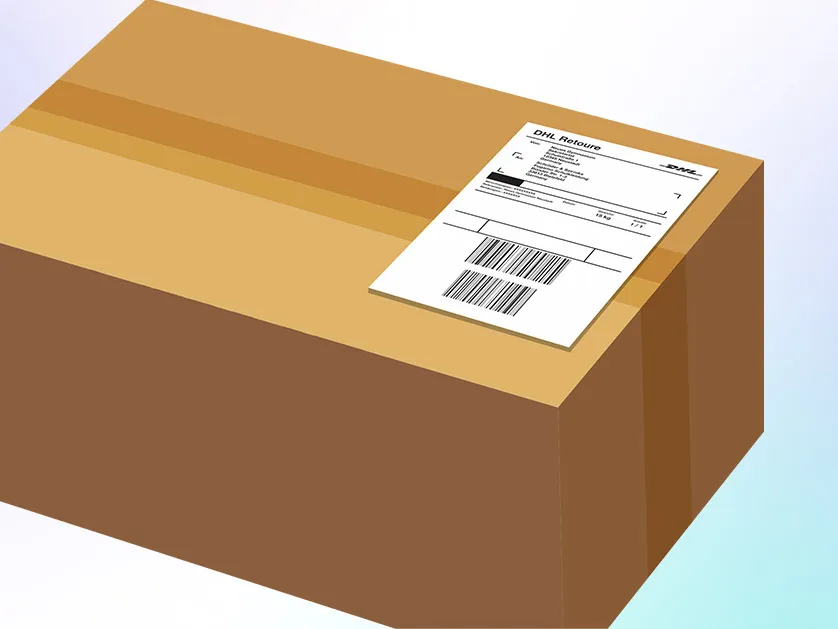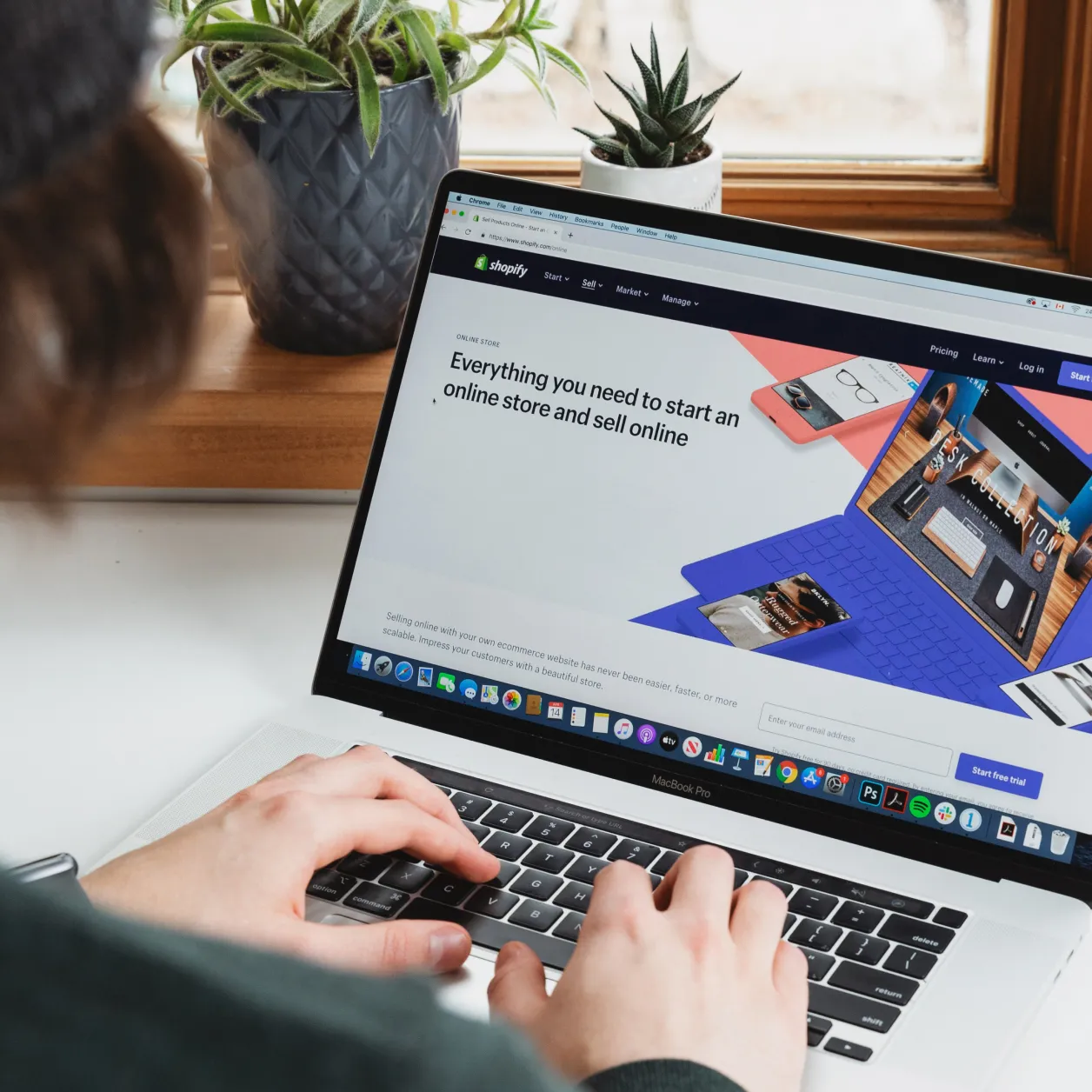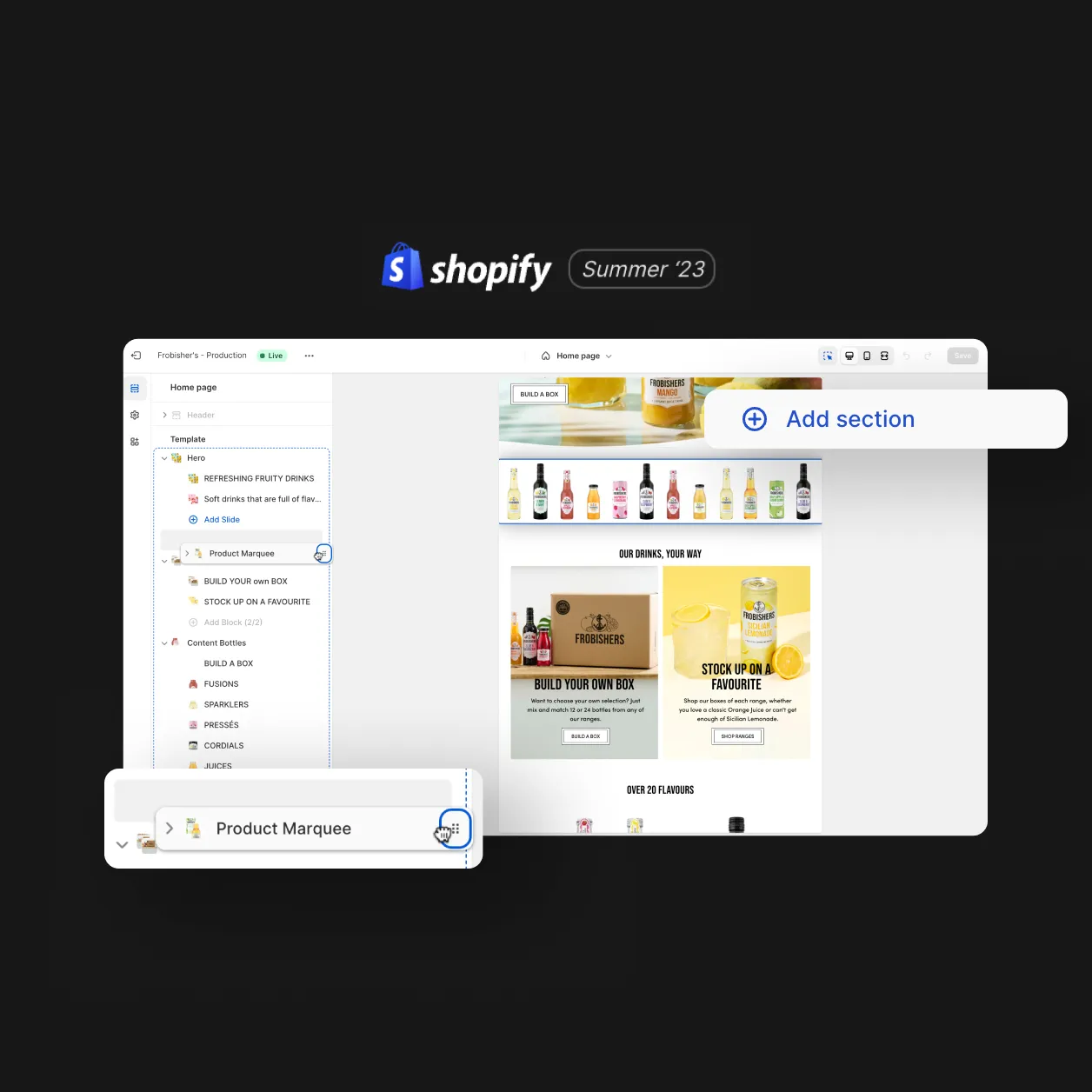
When it comes to choosing between Skio subscriptions and Recharge subscriptions, there are some key differences to consider. Recharge is the clear market leader in the space but Skio subscriptions have a number of features which could make it the better choice for certain DTC business models.
Benefits of Skio subscriptions
One of the standout features of Skio subscriptions is its flexibility around build-a-box functionality. This is built into the application itself, whereas with Recharge subscriptions, it’s a separate app via Rebundle or its built to a bespoke to the vendors requirements.
Build-a-box allows businesses to create custom subscription boxes with different products, quantities, and intervals. This feature is particularly useful for businesses that offer a range of products and want to offer customers the flexibility to create their own subscription boxes. The key difference between Recharge and Skio on this point is that Recharge classifies each item as its own subscription, whereas Skio groups items together into a single item line from which objects can be added/removed.
Volume discounting
Another advantage of Skio subscriptions is its Volume Discounts feature. This is another built-in feature that allows businesses to offer discounts to customers who purchase larger quantities of products. The Volume Discounts feature pairs well with Build-a-Box and can be used to incentivise customers to purchase more products, ultimately increasing revenue.
Skipping, gift on skip & half skips
Skio subscriptions also offer unique features such as Gift on Skip and Half Skip. Gift on Skip allows customers to gift their next order to a friend instead of just skipping it. Half Skip, on the other hand, enables customers to skip their next order by half the interval, making it a more flexible option for customers who may not want to skip an entire order.
Surprise and delight
Another interesting feature of Skio subscriptions is its surprise and delight feature. This allows businesses to offer free products or other incentives to customers who have completed a certain number of orders. For example, a business could offer a free product on a customer’s second order as a way of rewarding their loyalty and encouraging repeat business.
Multi-currency
Skio subscriptions also offer multi-currency support, a feature that is currently in beta on Recharge subscriptions. This allows businesses to accept payments in multiple currencies, making it easier for customers around the world to make purchases. For vendors, it prevents having multiple stores with multiple instances of any application (and running costs) just to handle £,$ and €. Read out article on multi-store approaches for Shopify or a Shopify guide to selling internationally, to learn more.
Max & min subscription renewals
In addition, Skio subscriptions have a minimum/maximum number of subscription renewals feature, which allows businesses to set limits on the number of times a subscription can be renewed. This can be useful for businesses that want to limit the number of renewals or for customers who want to try out a subscription without committing to a long-term purchase.
Dunning flows
Finally, Skio subscriptions offer custom dunning flows, which allow businesses to send customisable emails and SMS messages after failed payments. This feature gives businesses the ability to communicate with customers in a more personalised way, offering them the option to reset their payment method or provide other solutions to ensure their subscription remains active.
Benefits of Recharge subscriptions
While Skio subscriptions have a number of features that Recharge subscriptions do not offer, it’s also important to note that Recharge subscriptions have some advantages over Skio subscriptions.
First-mover advantage
Chances are any subscription brand will have heard of Recharge and has likely considered it at some stage. They are comfortably the industry leader in the DTC subscription space and brands looking to move away will incur development costs and the requirement to migrate existing customers off the platform.
Theme Engine
Another big draw to using Recharge is its Theme Engine, which allows businesses to customise the look and feel of their subscription pages to match their brand. This is particularly useful for businesses that want to create a seamless, branded experience for their customers, as they can ensure that their subscription pages match the look and feel of their website.
Beyond theme engine Recharge also has comprehensive API documentation for developers / vendors looking to run a private applications and a completely bespoke user subscription management interface.
Skio subscriptions do not have an equivalent ‘out the box’ theme and while businesses can still customize some aspects of their subscription pages using Skio, it’s not as flexible or robust as the Recharge equivalent.
In the table below we have summarised some of the key technical points of difference between Recharge and Skio – we’ve omitted the topline information such as fees and support because they are broadly speaking comparable.
In conclusion, both Skio subscriptions and Recharge subscriptions are great options for businesses looking to offer subscription-based products and services. For more ‘standardised’ selling propositions Recharge is the go-to tool, it also has its Theme Engine which facilitates a more homogenised subscription management experience.
However, for businesses looking to sell in a very specific way (think multiple items, varying usage intervals, volume discounts etc) Skio subscriptions provide a more flexible experience for customers. As a business, they have gone after these points of differentiation which will have undoubtedly been helped by the lack of legacy architecture and knowing the common pinch pointers of its competitor.
Design
Inspiring behaviour change through visual experiences. Our digital design services ensure instant clarity and visuals that cut-through in a cluttered market.




